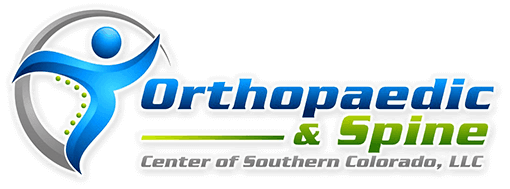Humerus Fracture - Broken Upper Arm
Click the white PLAY button to start video.
Read more about Humerus Fracture - Broken Upper Arm
Introduction

Anatomy
Causes
There are different types of humerus fractures. They are named for the area of the bone that is broken. Proximal humerus fractures occur near the shoulder. Mid-shaft fractures are located in the middle of the bone. Distal humerus fractures are located near the elbow joint and are more common in children than in adults.
Symptoms
Humerus fractures cause severe pain and swelling. It may be very difficult for you to move your upper arm. If the nerves are affected, you may experience unusual sensations in the hand and weakness in your hand and wrist.
Diagnosis
Treatment
Your doctor will determine when you can begin physical therapy. Your therapists will help you move your shoulder joint at first with passive range of motion exercises. These exercises help improve circulation and reduce stiffness. You will proceed to more advanced exercises to increase strength and motion.
Surgery
For severe proximal humerus fractures, a shoulder replacement surgery is used to remove the damaged bone and insert an artificial implant. Severe proximal humerus fractures may also require reattachment of the shoulder muscles (rotator cuff muscles). Rehabilitation therapy, as described above, begins as soon as possible.
Recovery

Copyright © - iHealthSpot Interactive - www.iHealthSpot.com
This information is intended for educational and informational purposes only. It should not be used in place of an individual consultation or examination or replace the advice of your health care professional and should not be relied upon to determine diagnosis or course of treatment.
The iHealthSpot patient education library was written collaboratively by the iHealthSpot editorial team which includes Senior Medical Authors Dr. Mary Car-Blanchard, OTD/OTR/L and Valerie K. Clark, and the following editorial advisors: Steve Meadows, MD, Ernie F. Soto, DDS, Ronald J. Glatzer, MD, Jonathan Rosenberg, MD, Christopher M. Nolte, MD, David Applebaum, MD, Jonathan M. Tarrash, MD, and Paula Soto, RN/BSN. This content complies with the HONcode standard for trustworthy health information. The library commenced development on September 1, 2005 with the latest update/addition on February 16, 2022. For information on iHealthSpot’s other services including medical website design, visit www.iHealthSpot.com.




